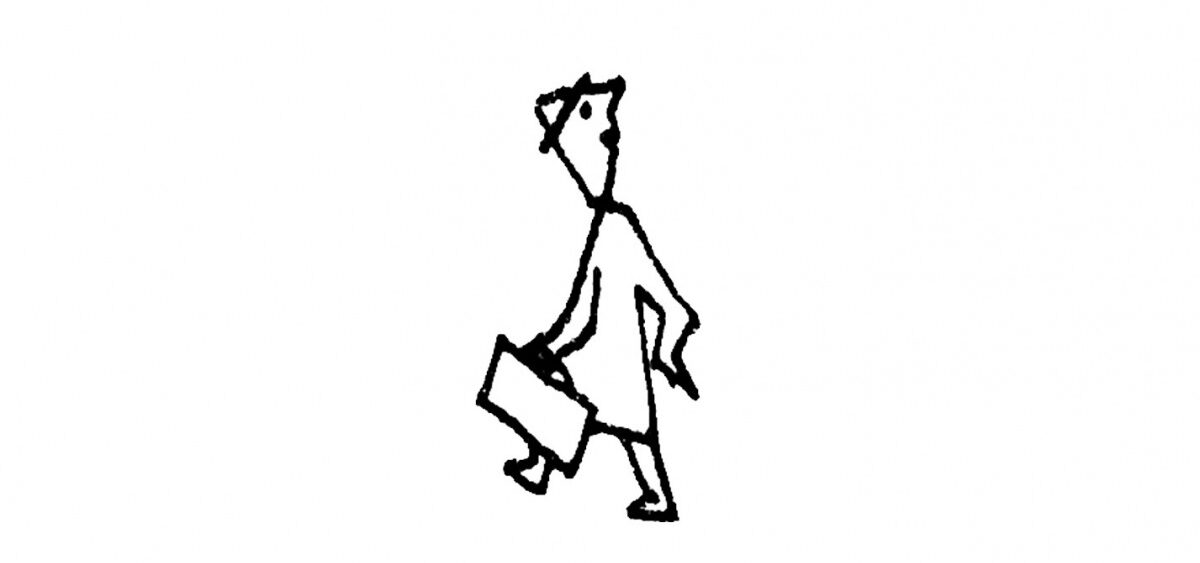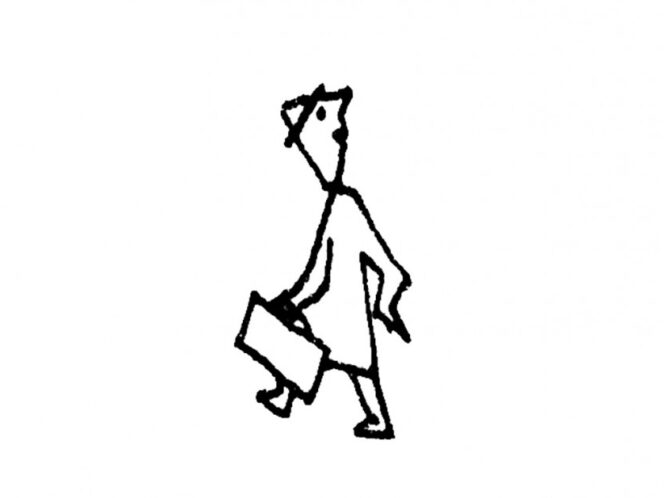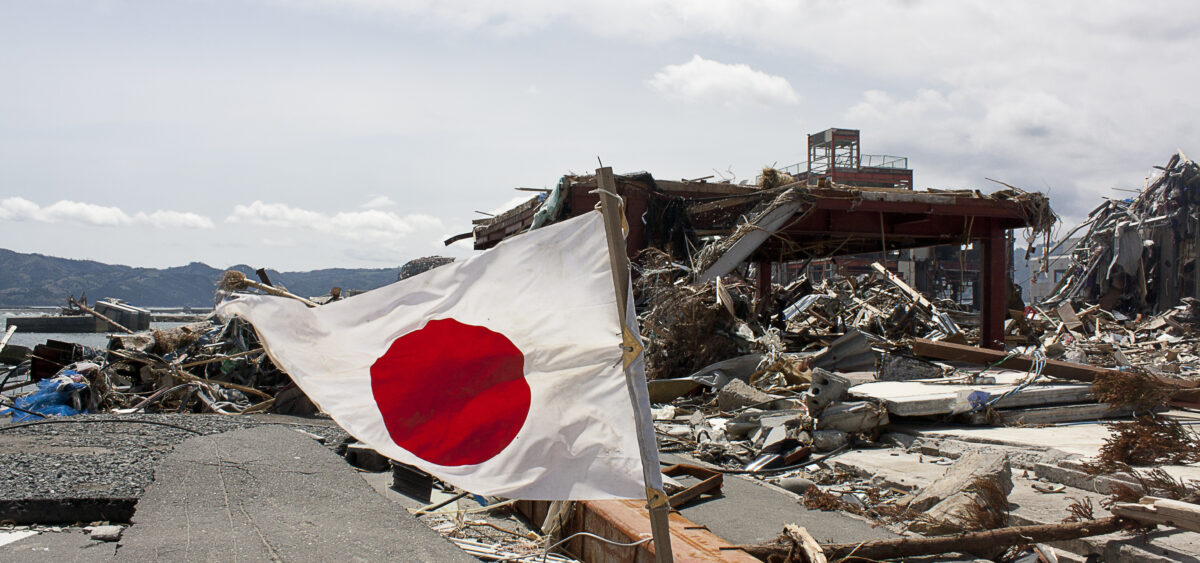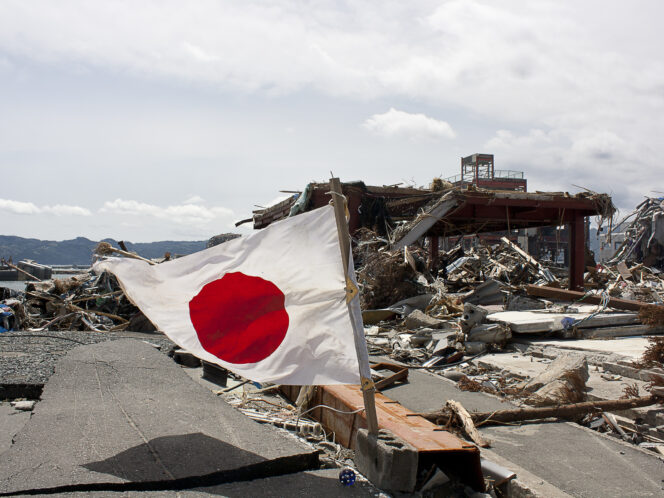
The month of March marks the anniversary of a catastrophe. No, I don’t mean the anniversary of coronavirus reaching Poland, nor the year that has passed since the first lockdown. The world doesn’t end with COVID-19, and it probably won’t end because of it, either. As for nuclear energy, that’s a different story—it does have the potential to fuel an actual apocalyptic event. Ten years ago, on March 11th, 2011, one of the most severe earthquakes in the history of Japan struck the coast of Honshu.
The shock triggered a powerful tsunami wave that, at some points, reached a height of more than twenty meters. Water tore deep inside the land, literally sweeping away whole villages and seaside towns. The exact number of casualties was never established. At least 20,000 people lost their lives, but many of them were never found—the ocean waves probably took the bodies with them back to the ocean.
The coronavirus has changed the world, but so did the 2011 earthquake. It caused the Earth’s axis to move by ten centimeters, shortening the days on our planet by 1.6 microseconds. And that wasn’t the end of it. On that disastrous spring, the impact of the earthquake combined with a tsunami damaged the reactors in the Fukushima Daiichi Nuclear Power Plant complex in Ōkuma. The reactors melted, adding radioactive pollution to the damage already wrought by the elements.
March is the time of one more anniversary.








